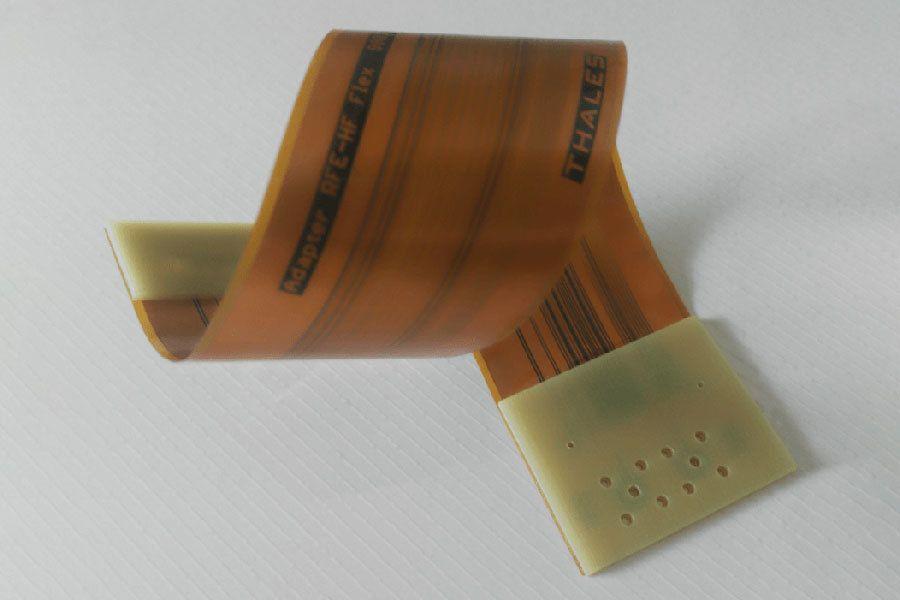
Flexible Circuits types and applications
We manufacture flex pcb for application, which means we listen to your plans and then build high-quality, robust circuit flexible based on how you need to use them. From a simple circuit used as a connector between multiple boards up to fully integrated wearable technology, our engineers work with you to deliver dynamic products that ultimately enable you to reduce material and labor costs, and limit the number of complex cable connections in your design.
Hemeixinpcb’ circuit flexible can be strategically cut and formed for your product or application, including 3D shapes, cubes, cylinders and more. Our full circuit flexible product line includes:
- Single-sided circuit flexible
- Double-sided circuit flexible
- Multi-layered circuit flexible
- Flat circuit flexible
- Sculpted finger circuits
- Reverse bared circuits
- Customized, value-added options
For more details and specifications about Hemeixinpcb’ circuit flexible, Please send email to contact us by sales@hemeixinpcb.com
There are two reasons for this bigger oversized. The first being the acceptance of the drill size(s) and locations; circuit flexible characteristically need a looser acceptance than conventional PCBs because their materials have less dimensional stability. The second cause for bigger oversized is to account for the adhesive which squeezes out into the openings. The goal is to contain a design such that the adhesive flows out to the pad but never on top of the pad, which affects the range of the annular ring. Once the lamination procedure is finished any element and/or characteristic openings are made using a drilling, routing, or laser cutting. Etching cannot be used.
There’s nothing new about circuit flexible per se; small circuit flexible are widely used throughout the industry (heck we use them). But using them to replace wiring in a car is something I haven’t seen before. You would think they would be more expensive than simple wiring, but thinking about it there would be a number of advantages and I can see how it could lower costs overall.
As Jack pointed out, higher voltage DC allows you to use lighter wiring to deliver the same power. That makes using lighter weight circuit flexible more practical.
As for communications buses, those are already used in cars but flex circuits could make them better. Circuit flexible can have tightly controlled impedance, which could help make high-speed bus communication faster and more reliable.
Another point is that assembling wiring harnesses is still a fairly manual activity. Circuit flexible are typically assembled by machine. The only difference is that these flex units would be much larger than usual, so perhaps some new handling systems would be required. If you can eliminate manual assembly of wiring harnesses there is a big potential there to lower costs.
Flexible circuit can also have more onboard than just connectors. They can also have electronic circuits built-in. There could be communications switches and line drivers built right into them.




